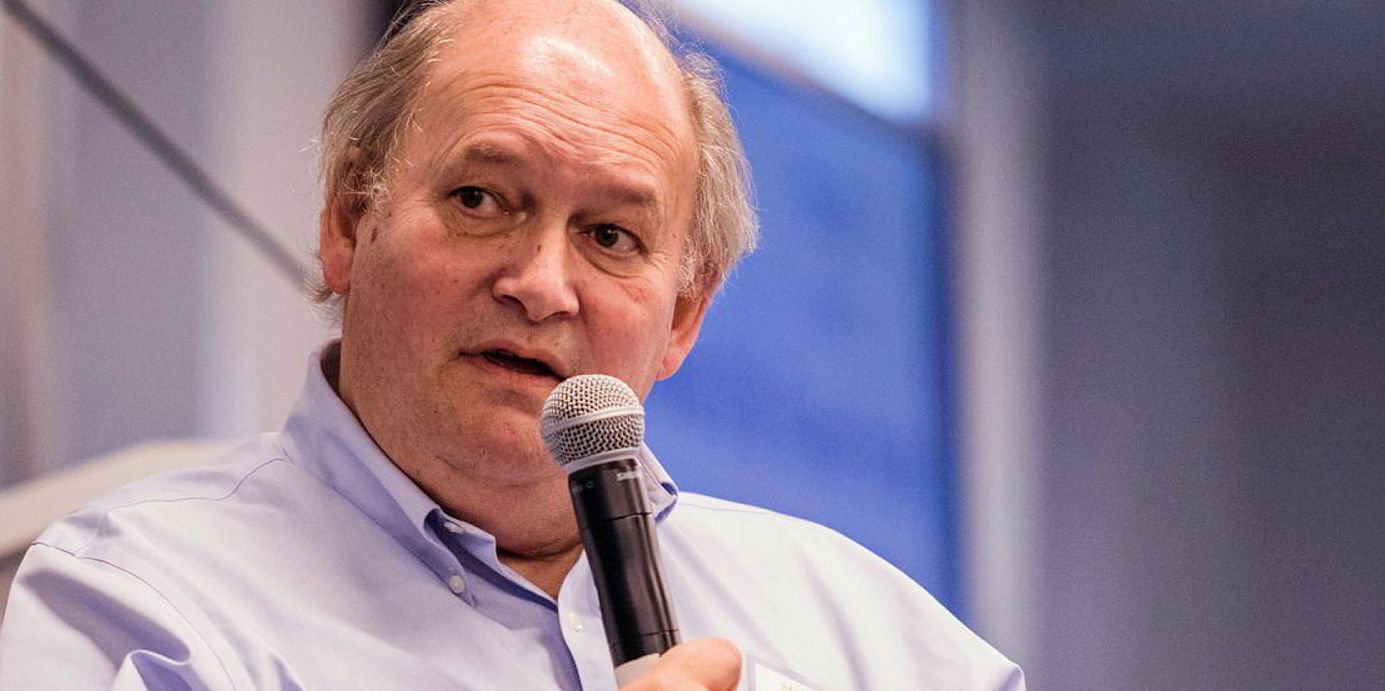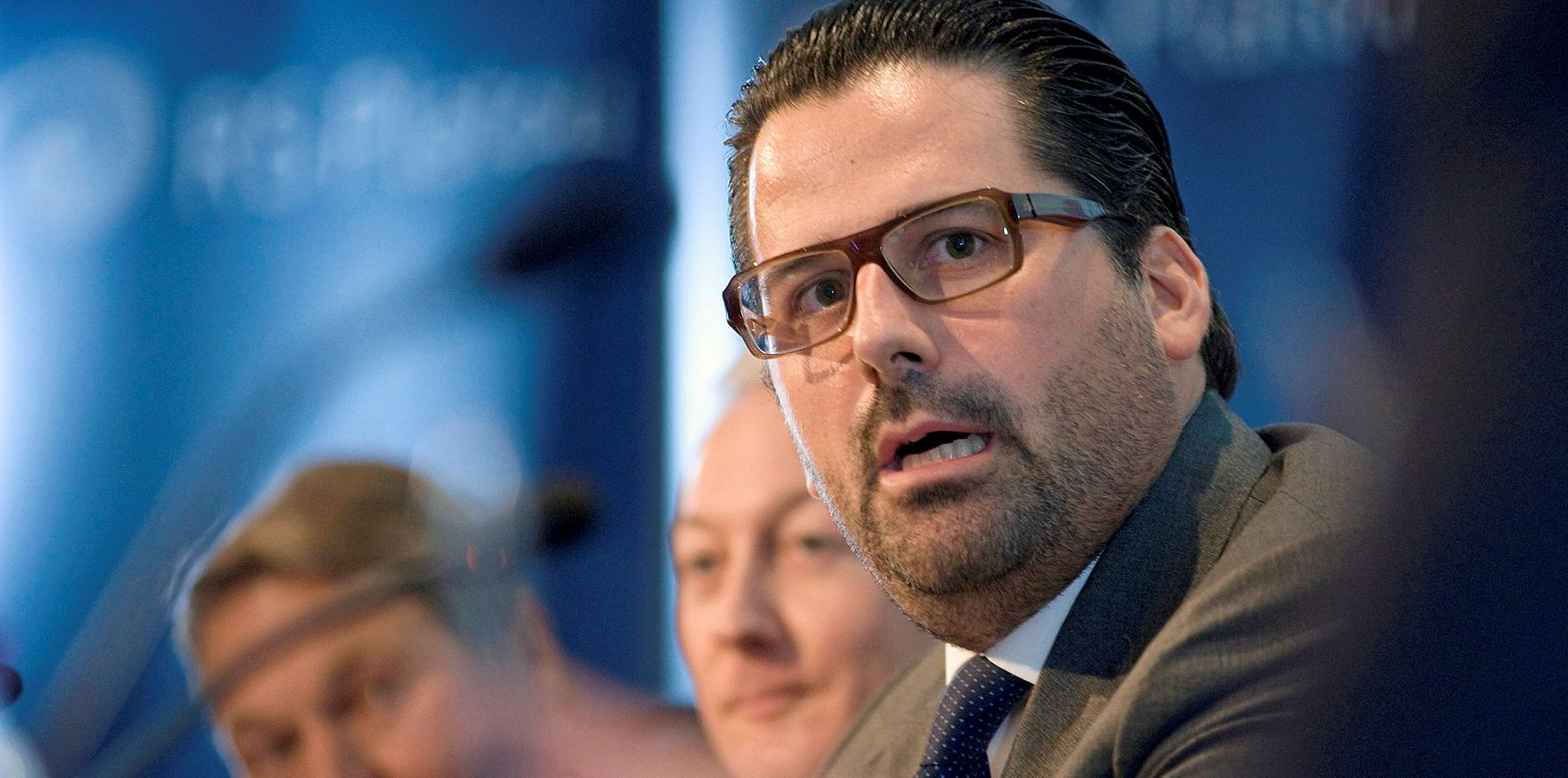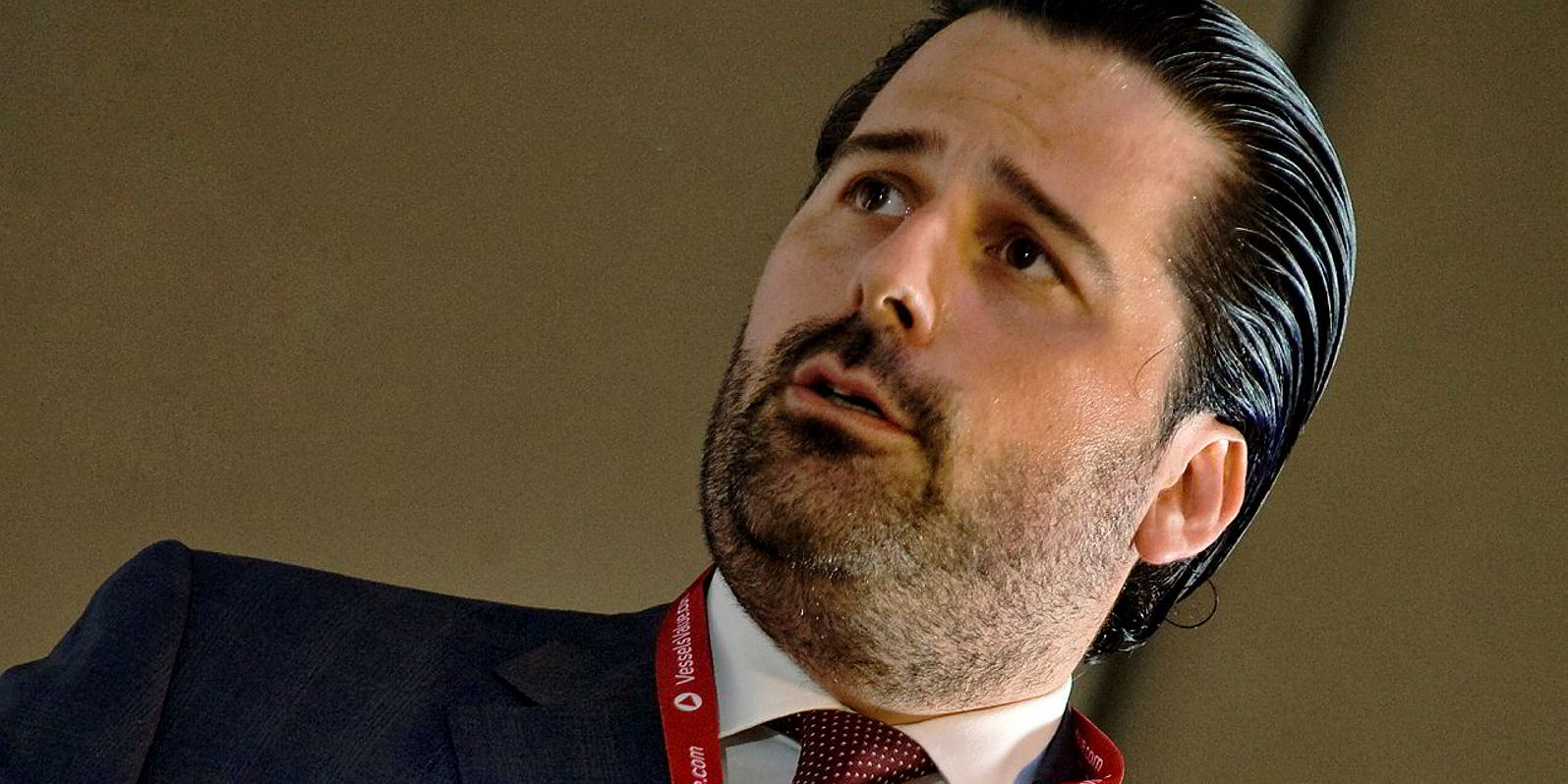On the afternoon of 12 August, shares in troubled offshore supply vessel owner Hermitage Offshore closed at $0.55 each, even as management put the final touches on a Chapter 11 bankruptcy that would be filed later that day.
Holders of common shares in a court-supervised reorganisation are usually wiped out as the stock “goes to zero”, leaving no recovery for their investment.
But Hermitage’s shares have not gone to zero, they’ve gone up.
Hermitage closed at $0.71 on Thursday even after absorbing a 7% loss.
The shares were much higher as recently as Monday, reaching a peak of $1.49 or nearly three times the level before the bankruptcy filing.
To people familiar with the Hermitage case, this simply does not make sense.
But it falls into the general category of 2020 oddities in the US equity markets.
These saw wild volatility in tanker shares earlier this year, and broader market indices surge near or past pre-Covid-19 highs with questionable justification.
In Hermitage’s case, a number of factors seem to weigh against common equity holders seeing any recovery.
For one, the owner does not appear to be on the path to re-emerging as a going concern, as can often happen through the Chapter 11 process.
Hermitage and its lenders have set a two-month target calendar to sell the fleet at auction.
The 21 vessels have an estimated market value of between $85m and $100m, but lenders DNB and SEB have extended $133m in senior secured debt on the vessels.
Meanwhile, the Scorpio Group-backed owner is bleeding cash fast and is projected to run out of current reserves just about the time of the 22 October date set for the auction closing.
Tanker shares
That hasn’t slowed down investors.
Some 153m shares traded hands on Monday, or roughly 60 times the volume on the day Hermitage would file bankruptcy papers.
So what is going on?
For precedent, some point to this year’s Chapter 11 filing by Hertz Global Holdings, the rental car giant, on 22 May.
Despite its dire circumstances, Hertz shares were trading as high as $5.53 per share by 8 June, with puzzled observers blaming the advent of zero-fee stock platforms such as Robinhood, which have become a favourite of neophyte investors.
Robinhood also got much of the blame when tanker shares exploded to record volumes in the spring, as the broader market noticed rocketing day rates tied to a world oil glut and floating storage opportunities.
The same investors deserted those tanker listings before the rates rally was even finished, however, leaving them trading at large discounts to net asset value despite record first-half earnings.
Robinhood’s interest in Nordic American Tankers went from zero in March to a peak of 50,000 members in late April and early May, according to data culled by Evercore ISI analyst Jonathan Chappell from the platform's website. It had trailed off to about 40,000 by June and the stock deflated.
No one seems sure whether Robinhood and like vehicles are behind the Hermitage interest, and Hermitage management declined to comment.
But the shipowner has previously cautioned investors to curb their enthusiasm.
Scorpio Group president Robert Bugbee took the unusual step on 5 June of warning investors through TradeWinds after a strong run-up in the stock.
"Personally, I do not believe that the fundamental value of the company is as high as where the stock is trading," he said.
Hermitage has appealed against a move by the New York Stock Exchange to delist the shares, possibly emboldening speculators. This has delayed any action until after a December hearing on the matter.
But the tack has the look of “buy time” tactic that preserves some options for the ailing company at a minimal legal cost, rather than a road back to long-term survival.








